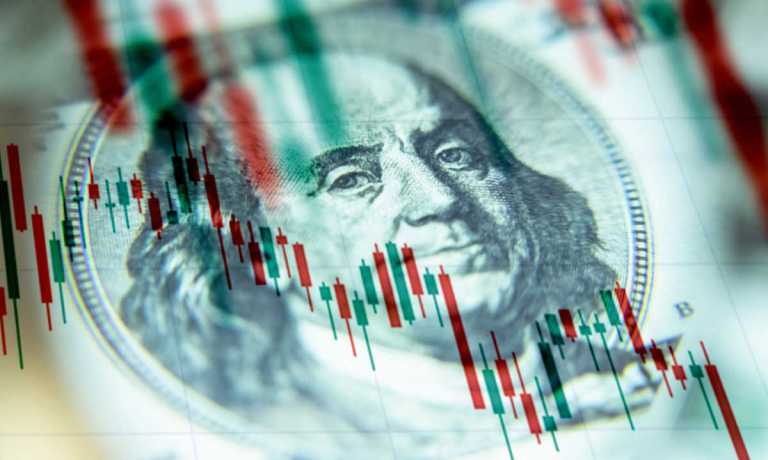
It has been said that there’s no hiding from inflation. The effect of increasing prices and the subsequent loss of purchasing power is so unavoidable and blunt in its impact that Nobel winning economist Milton Friedman likened it to taxation without representation.
Add in a second consecutive quarter of negative GDP reported today, alongside a 9.1% inflation rate that has tripled in the past 15 months, and the growing spate of reduced retail expectations should really come as no surprise.
Whether it’s massive retailers like Walmart and Amazon, or niche category players such as Best Buy, AutoNation or Sleep Number doesn’t matter much as the fear and uncertainty that consumers are experiencing every day in a thousand ways is currently tearing through all segments of the industry as second quarter earnings season is shaping up to be one big string of reduced forecasts.
“As high inflation has continued and consumer sentiment has deteriorated, customer demand within the consumer electronics industry has softened even further, leading to Q2 financial results below the expectations we shared in May,” Best Buy CEO Corie Barry said in a business update released after the close of trading Wednesday (July 26) — a full month ahead of the official Q2 announcement set for the end of August.
Moving Target, Mounting Pressure
To be sure, this downtrend in confidence is not unique to Best Buy, and the retail revisions and macroeconomic headwinds story has literally had major developments added to it every single day for the past week, as the trend that has been evolving for over the past two months continues to gain steam.
On Monday, it was Walmart, as the retailer lowered Q2 and full-year guidance citing the impact that “increasing levels of food and fuel inflation” are having on customer spending.
On Tuesday, the housing sector and related retailers and participants were jolted by a slump in new home sales that brought that key barometer to its lowest point since March 2020.
That warning from the real estate sector was compounded the following afternoon when the Federal Reserve took aim at inflation and sharply raised interest rates for the second consecutive month at a pace not seen since Ronald Reagan took over from Jimmy Carter.
What will come tomorrow is anyone’s guess, but the cumulative effect of inflation, on both consumers and businesses, is not only clear but is spreading. Add in the interconnectedness of mounting consumer concerns that lead to reduced spending, which prompt lowered retail sales forecasts and scaled-back hiring, which are piling on top of the headwinds being caused by rising interest rates and the “economic death spiral” theory starts to gain steam.
The challenge for retailers and other businesses is that there simply are not a lot of options available to address the cumulative drag that the underlying inflation problem presents, or for that matter, to even know how long or how bad the present downturn will be.
“As we contemplate the back half of the year, based on the ongoing uncertainty as it relates to macroeconomic conditions and consumer electronics demand, it is difficult to assess the duration of the softer sales environment and the impact on our business,” Best Buy CFO Matt Bilunas said, delivering a message and dilemma that likely resonates with retailers everywhere.
For all PYMNTS retail coverage, subscribe to the daily Retail Newsletter.